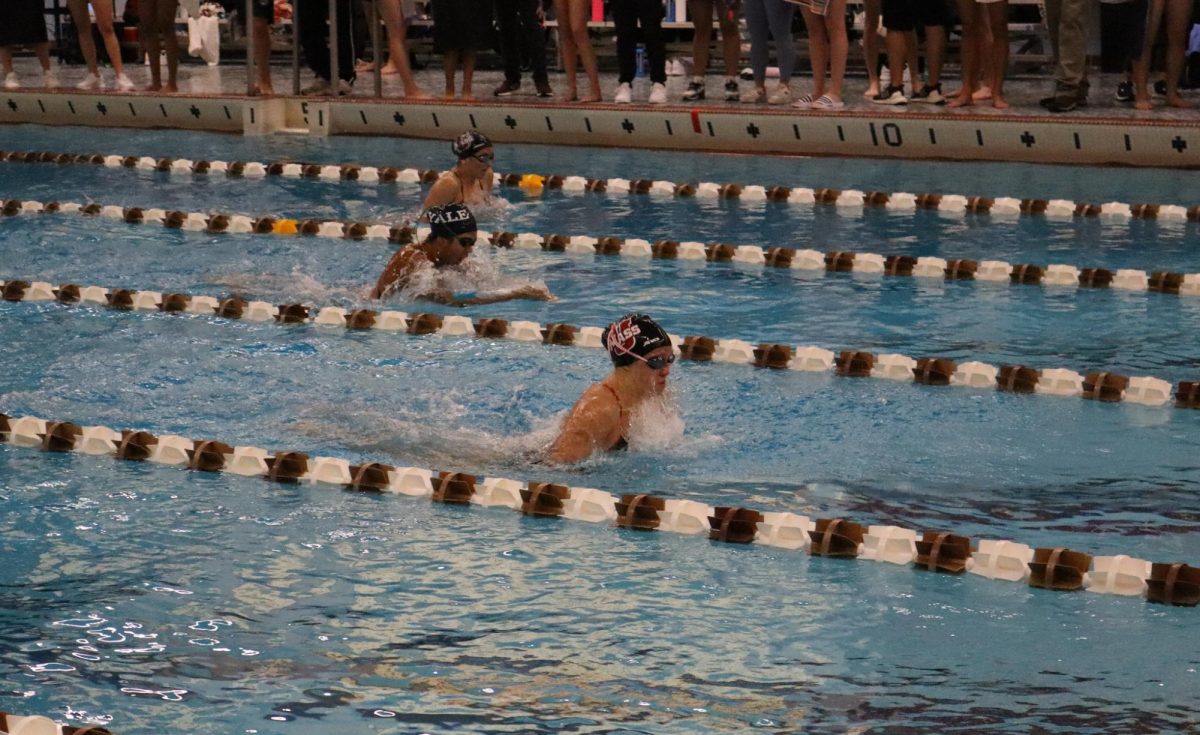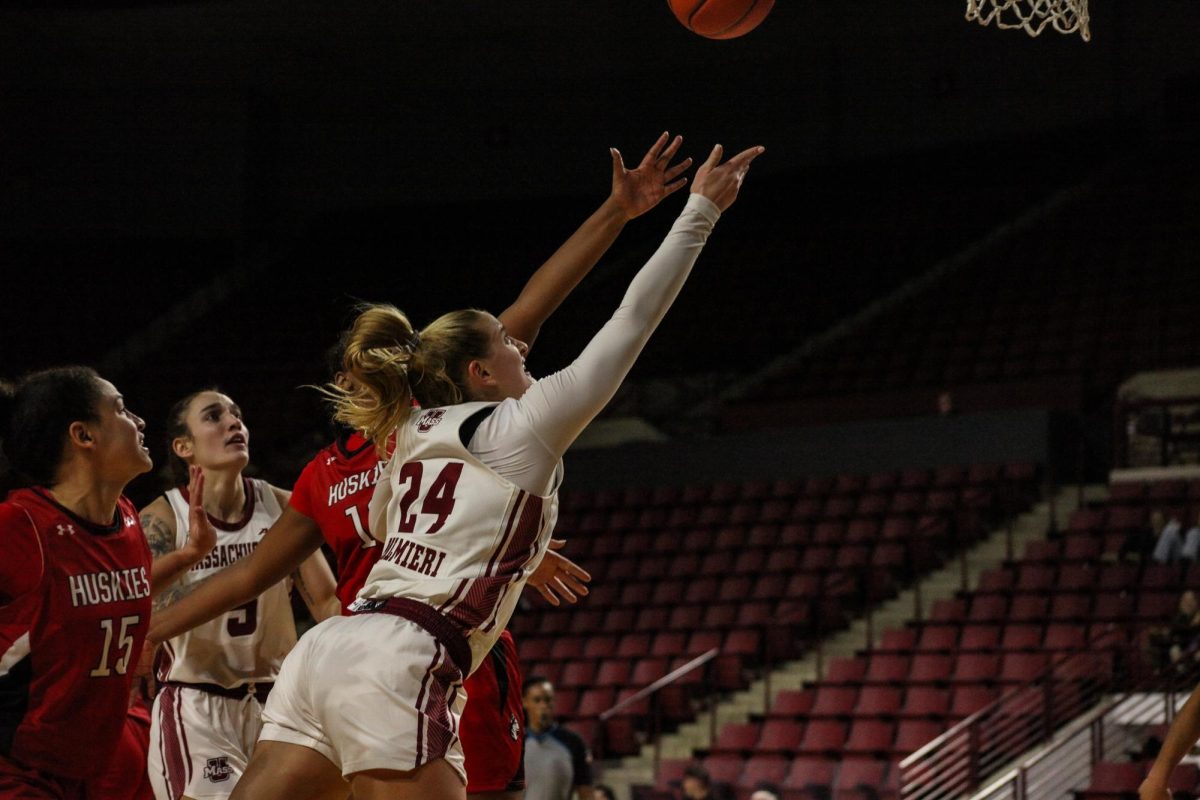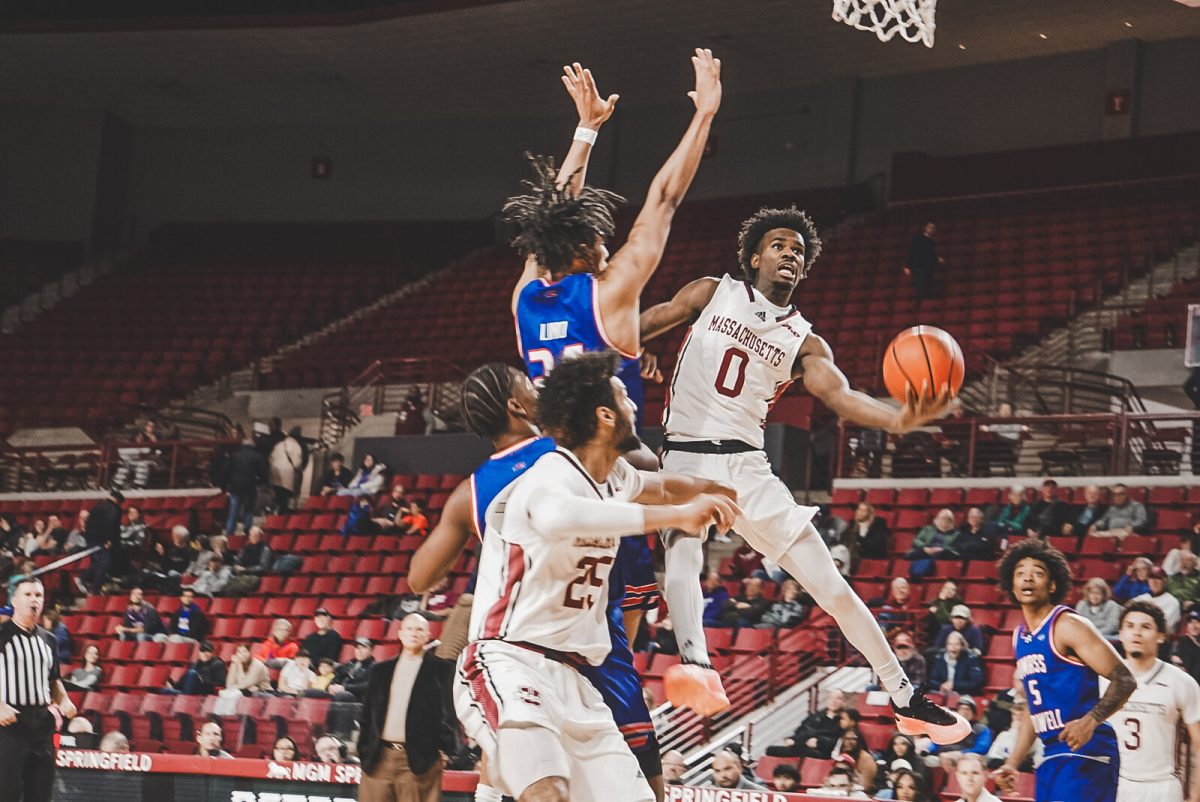The U.S. National Science Foundation Center for Braiding Indigenous Knowledges and Science (NSF CBIKS) hosted Dr. Jesse Pirini, the first speaker of the Indigenous Sciences Speaker Series over Zoom on Friday, Nov. 22, to discuss how Indigenous businesses and organizations are developing towards successful management and organization.
Sonya Atalay, the director of CBIKS introduced and opened the Zoom call, praising the graduate students for their hard work in organizing the talk.
The first speaker of the series was Dr. Jesse Pirini, a senior lecturer in management and a Fulbright Scholar based at UMass Boston in the College of Management, and at UMass Amherst at CBIKS. He is a founding trustee of Te Matarau a Māui and an Amonuku (Associate Director) on the inaugural He Tukutuku Koiora tikanga-led governance program.
Pirini began his discussion of Braiding Western and Indigenous Lenses: Self-Determination and Solutions for a Better Society by exploring the processes of braiding together Indigenous Māori perspectives and popular business perspectives for self-determination.
The support between communities produced “a much broader and deeper engagement” and created a “novel community desire and institutional legitimacy,” according to Pirini.
To begin engaging with different cultures, Pirini said not only must people dismantle the dominant culture and “advocate for shifting power and resources,” but also participate in the development of cultural safety.
Through cultural safety, many people have Pākehā paralysis, a term coined by Martin Tolich. Ultimately, people “feel paralyzed or hesitant to engage in research with Māori communities due to the complex history of power imbalances between the two groups.” This leads to a fear of perpetuating harmful stereotypes.
Pirini said that the top three responses when people go through Pākehā paralysis are fight, flight and fawn. People with a fight response tend to respond to a situation by saying “’I don’t like this feeling of discomfort of this other cultural, so I want to get rid of the culture,’” according to Pirini.
People who respond with flight tend to be “so afraid of making a mistake, they don’t engage in the culture at all,” Pirini said. Finally, those who fawn in response offer so much praise or attention that their emotions to the situation are not sincere.
In order to develop approaches that worked with several Indigenous communities, many people suggested a regional Māori Economic Development Strategy. The plan is a framework focused on achieving positive economic outcomes for Māori. It looks to “serve the needs of future generations of Māori,” according to the He Kai Kei Aku Ringa: strategy and action plan.
Those focusing on the project were encouraged to engage and collaborate with the communities, especially the younger generations, as they would be the ones who will build the future communities. Forms and collaboration between communities were completed to see what Indigenous communities wanted out of the project.
In those moments of change, Pirini found the braiding together of business school and western knowledge of economic, environmental, political, social and cultural changes.
However, while the project provided many resources and opportunities, Pirini said, there were points of hesitation and struggle. He recalled one community leader, when having a conversation with Pirini who said, “I don’t like going to a party wearing someone else’s clothes, especially when the party’s at my house.”
Essentially, he was tired of working on projects under another government project name when his community had already been trying to work towards a goal for years, without proper success or support from the government. Despite this, communities worked with Pirini and his team to solidify a contingency plan built on cultural safety and dialogue.
According to the plan, once there is a means for communication, there would be a consideration of which community members were participating. These were typically young people who would help strengthen the community for future generations. Finally, the last consideration would be what plans were being communicated.
This led to the development of the Te Matarau a Māui, creating “strong links to the local Māui business ecosystem,” Pirini said. The “integrity [and] governance of the knowledge remains within the community.”
Atalay concluded the talk stating that CBIKS graduate students would be working on two papers in the near future relating to Pirini’s talk. One paper will focus on how people researching with CBIKS can contribute to Indigenous communities, while another paper focuses on the ways braiding is happening in the community and what can happen in the future.
Kay Kakendasot Mattena, a Ph.D. student in the Department of Anthropology, said the next talk will be with Dr. Elspeth Geiger, called “Bounty by Fire: The Anishinaabe Legacy of Human-Mediated Fire Regimes on Drummond Island, Michigan” on Dec. 6 at 4 p.m.
Kalina Kornacki can be reached at [email protected] or followed on X (formerly Twitter) @KalinaKornacki.














